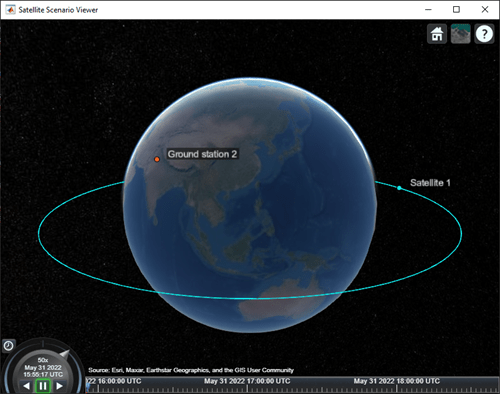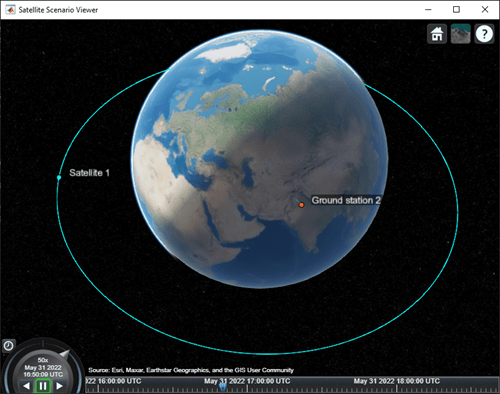pattern
Description
pat = pattern(tx)tx. The signal gain value (in dBi) in a particular direction
determines the color of the pattern. The function scales the pattern on the plot according
to the Size name-value
argument. The function plots the pattern for the transmitter frequency as specified by the
Frequency property of tx.
pat = pattern(___,Name,Value)'ColorMap','jet'
specifies the jet colormap for coloring the pattern plot.
Examples
Input Arguments
Name-Value Arguments
Output Arguments
Version History
Introduced in R2021b






